Concerns about gout rejuvenation
Mr. NTH (30 years old, Thanh Hoa ) went to the hospital for a check-up after experiencing unusual pain and swelling in his joints. Initially, he thought he only had mild arthritis due to incorrect posture.
The doctor is consulting with the patient about the mechanism of gout. |
However, the test results surprised him when he was diagnosed with gout. “I was really shocked. I always thought this disease only occurred in the elderly and those who drank a lot of alcohol. I am young and live a moderate life, but I still have this disease,” Mr. H. shared.
Similarly, in the case of Mr. H., Ms. LA (27 years old, Tuyen Quang ) could not hide her shock when the doctor informed her that she had gout. She said that she thought gout only occurred in men, the elderly or those who ate seafood and drank beer and alcohol regularly. When the doctor read the results, I was almost speechless.
According to MSc.BSCKII Ly Rina (An Viet Hospital), gout is a form of arthritis that occurs when uric acid levels in the blood increase, leading to the formation of urate salt crystals deposited in the joints.
These sharp crystals cause redness, swelling, and severe pain in the joints, often in the fingers, wrists, toes, or ankles. Gout is not only painful, but also has a high recurrence rate, seriously affecting the patient's daily life.
In fact, the age of gout is getting younger and younger. The rate of men with the disease is still higher than women, especially those over 30 years old. However, the number of cases in women is also on the rise.
The main cause comes from unbalanced eating habits, consuming a lot of animal protein, drinking alcohol regularly and lack of exercise. An unscientific lifestyle makes the body susceptible to metabolic disorders, including uric acid metabolism.
In normal people, uric acid, after being formed, will be dissolved in the blood, then filtered through the kidneys and excreted through urine. However, when the body produces too much uric acid or kidney function is impaired, causing limited excretion, the acid will accumulate and deposit in tissues, especially joints. The more it accumulates, the higher the risk of gout.
In addition to diet and alcohol, some cases of gout are also caused by genetics or environmental influences that cause the amount of uric acid in the body to increase abnormally. If not treated and controlled, gout can cause many serious complications.
Patients may suffer from chronic arthritis, swollen joints, prolonged pain, difficulty in movement, and even the risk of joint necrosis. In addition, long-term accumulation of urate crystals can form kidney stones, reducing the filtering and excretory functions of the kidneys, leading to water retention, urinary tract infections, and many other health problems.
Another characteristic symptom of gout is the appearance of tophi, which are small lumps under the skin, usually in the joints of the fingers, toes or elbows. These lumps are not only painful but also greatly affect the patient's appearance and daily life.
MSc. Dr. Ly Rina emphasized that gout is a chronic disease but can be completely controlled if the patient complies with treatment and changes their lifestyle. Early detection and proper treatment are the key to limiting dangerous complications. People, especially young people with unhealthy lifestyles, should proactively go for regular health check-ups at reputable facilities to detect the disease early.
To prevent gout, each person needs to pay attention to a reasonable diet, limit foods rich in purines such as red meat, animal organs, seafood; reduce alcohol consumption, increase green vegetables, fruits and drink enough water every day.
In addition, maintaining a reasonable weight, exercising regularly and avoiding prolonged stress are also effective measures to help reduce the risk of disease.
Gout is no longer a disease of the rich or the elderly, but is increasingly affecting young people, and it is time for everyone to raise awareness of protecting their health from the smallest daily habits.
Rare accident from flycam spraying pesticides
A rare accident occurred when a 43-year-old man (living in Hanoi) was repeatedly slashed in the buttocks by the propeller of a remote-controlled pesticide spraying plane (agricultural drone or flycam), causing massive bleeding. He had to be hospitalized in a state of severe blood loss.
The patient was brought to the Department of Orthopedic Trauma Surgery, E Hospital, with many deep, jagged lacerations on both buttocks, bleeding profusely. According to specialist II Kieu Quoc Hien, Head of the Department, this is the first time the hospital has received a case of trauma caused by a remote-controlled aircraft with such a serious level.
Upon admission, the doctors promptly stopped the bleeding, disinfected and assessed the patient's general condition. Due to the large and complicated wounds, measuring 6x9cm on the left and 6x10cm on the right, the patient was immediately transferred to the emergency operating room to prevent the risk of hemorrhagic shock and severe infection.
According to the patient, while operating the drone to spray pesticides in the field, the device suddenly had a problem - it could not fly even though the propeller was still spinning. Instead of waiting for the engine to stop completely or remotely turning off the device, the patient approached and bent down to remove the battery.
Because the power was not completely turned off, the fan blades continued to spin at high speed and suddenly slashed the patient's buttocks repeatedly, causing him to collapse on the spot. Luckily, relatives nearby were able to take the victim to the hospital in time.
The surgical team cleaned the crushed tissue, irrigated the wound, debrided the necrotic tissue, checked for vascular and nerve damage, and then performed multi-layered sutures. Thanks to timely treatment, the patient's condition is now stable and his health is gradually recovering after surgery.
According to Dr. Hien, the patient was very lucky because although the cuts were wide, they did not damage the important nerves in the buttocks area.
If the fan blade is only 1-2cm off, the risk of cutting the sciatic nerve is very high. This nerve plays an extremely important role in controlling sensation and movement of the entire lower limb. If damaged, the patient may face the risk of partial or total paralysis of the leg, seriously affecting the ability to walk.
In addition, if the wound is displaced upwards, the risk of severing the superior gluteal nerve is also very worrying, because it can lead to body imbalance, abnormal gait and weak gluteal muscles, causing complex complications, difficult to recover and long-term effects on quality of life.
This accident is a serious warning to operators of modern agricultural equipment such as drones. According to Dr. Hien, in recent years, pesticide spraying drones have been increasingly widely used, helping to save time, manpower and improve production efficiency. However, if safety procedures are not followed when operating, these devices can become a real danger.
Drone propellers operate at very high speeds, up to thousands of revolutions per minute, creating a shear force large enough to tear deep soft tissue, rupture tendons, muscles, and even damage nerves when in close contact. Especially in the field environment containing a lot of dust, bacteria and chemicals, the risk of infection after an accident is very high if not treated promptly and properly.
Doctors recommend that people using drones must strictly follow safety instructions and not approach the device until the propellers have completely stopped.
All inspection and repair operations must be performed after the power source has been completely disconnected. Subjectivity, lack of knowledge or incorrect operations can lead to serious accidents, long-term effects on the health and life of the operator and those around.
Abdominal pain lasting 2 years due to duodenal ulcer
Tim, 16 years old, an international student in the US, had a stomachache that lasted for many years without going away. When he returned to Vietnam for a general health check-up, he was diagnosed with a duodenal ulcer.
The family said that for about 2 years now, Tim has been having recurring pain in the upper abdomen and around the navel, accompanied by symptoms of belching, heartburn, feeling full quickly and loss of appetite. The symptoms worsen during exams or when he is anxious. The family has bought him medicine, the symptoms have reduced but not completely gone away.
In June, Tim returned to Vietnam to visit his family and went to Tam Anh General Clinic in District 7 for a check-up. Doctor Phan Thi Tuong Van, Pediatrics Department, ordered an endoscopy. The results showed that the entire gastric mucosa was damaged, with nodular inflammation typical of HP infection. The duodenum (the first part of the small intestine that connects to the stomach) had a large ulcer in the process of forming a blood clot.
If not treated promptly, the ulcer can re-bleed, causing massive blood loss. The ulcerated duodenum swells and narrows, preventing food from passing to the remaining small intestine.
“Patients with gastric and duodenal ulcers are often graded according to the Forrest scale, to assess the risk of rebleeding and the likelihood of the disease progressing. Grade I is the highest risk, while Grade III is relatively safe. Baby Tim has a Grade IIc ulcer, which is in the high-risk group and needs to be closely monitored and treated immediately,” said Dr. Van.
The patient was transferred to Tam Anh General Hospital, Ho Chi Minh City for inpatient treatment with acid-suppressing drugs for 7 days, while monitoring for signs of rebleeding at the ulcer site.
After 2 weeks, the child responded well to the medication, was discharged from the hospital and transferred to outpatient treatment, meaning he had to go to the hospital for daily injections for 2 weeks, then switched to oral medication. Depending on the child, the total treatment time can last 6 - 8 weeks.
During treatment, children are advised to eat soft, easily digestible foods and avoid spicy, hot, sour or greasy foods to avoid stomach irritation. Meals should be divided into small portions and kept on time.
Peptic ulcer is a condition in which one or more open wounds appear on the lining of the stomach or duodenum. Dr. Van explains that this lining is like a protective layer of paint on a wall. When there is a factor that erodes this layer of paint, the acid in the stomach will directly attack and cause ulcers.
The main cause of duodenal ulcers in children is often due to HP bacteria infection, which lives in the mucous layer of the stomach lining, weakening the protective layer, allowing acid to easily penetrate and cause damage. Children can be infected with HP through eating together, sharing personal items with people carrying the bacteria or through contaminated water and food.
In addition, the disease can also be caused by improper use of NSAIDs (non-steroidal anti-inflammatory drugs), which are commonly found in common pain relievers and fever reducers. Prolonged or frequent use of these drugs can weaken the mucous membrane that protects the stomach, leading to ulcers.
Symptoms of peptic ulcers in children vary depending on age. Children under 5 years old often have pain around the navel, accompanied by loss of appetite and recurrent vomiting. Older children and adolescents like Tim have very typical abdominal pain symptoms: pain in the upper abdomen, increased when hungry or full, pain at night, accompanied by nausea, burning behind the sternum, belching, heartburn and indigestion.
If the child vomits fresh blood or black liquid like coffee grounds, has black, foul-smelling stools, it is a sign of gastrointestinal bleeding. Sudden, severe abdominal pain, and a hard, tense abdomen are signs of a perforated stomach. These two conditions are dangerous complications that require immediate emergency care. Parents must quickly take the child to the nearest hospital or medical facility.
For children with suspected gastroduodenal disease, after clinical examination, doctors often prescribe gastroduodenal endoscopy to assess the extent of damage and look for signs of chronic inflammation due to HP, if any.
Dr. Van recommends that families with children who have recurring abdominal pain or pain that lasts for more than 2 months, without a clear cause, should have an early examination and diagnosis. In particular, children should have annual health check-ups to detect treatable diseases, avoiding chronic progression or complications like the case of baby Tim.
Source: https://baodautu.vn/tin-moi-y-te-ngay-296-noi-lo-tre-hoa-benh-gout-mac-gout-o-nu-gioi-d316089.html


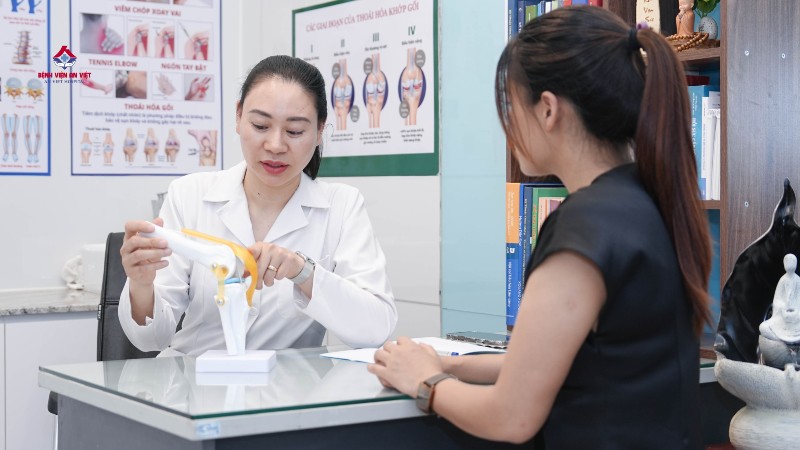
![[Photo] President Luong Cuong receives US Secretary of War Pete Hegseth](https://vphoto.vietnam.vn/thumb/1200x675/vietnam/resource/IMAGE/2025/11/02/1762089839868_ndo_br_1-jpg.webp)

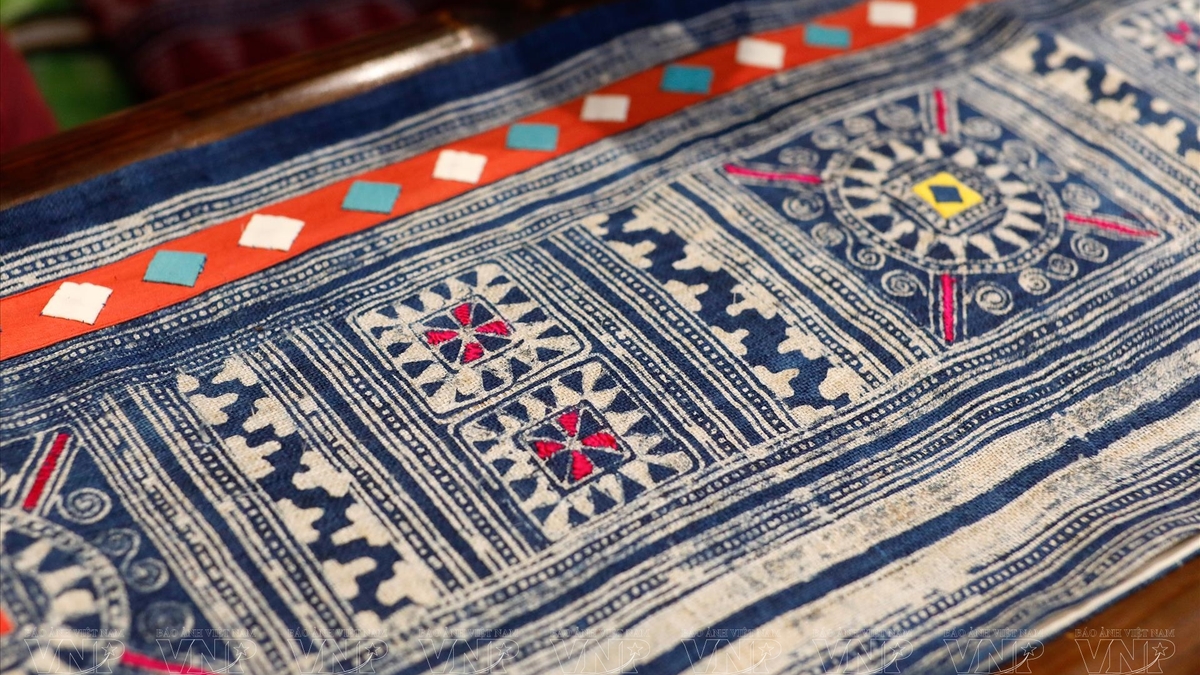






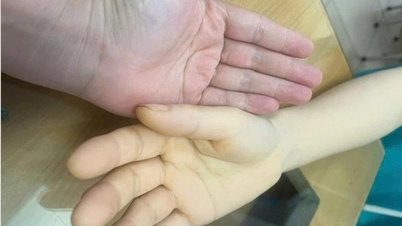

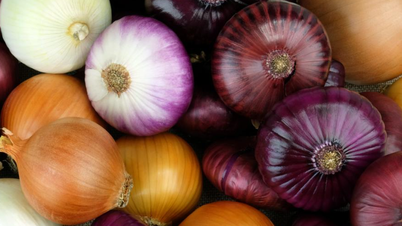



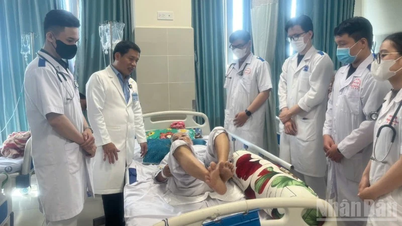






























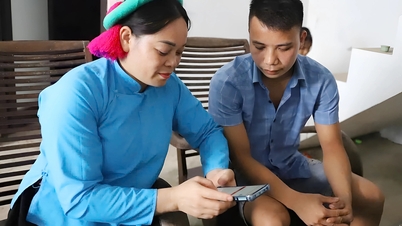


































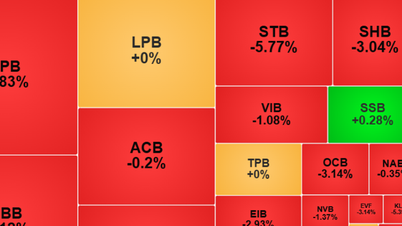






















Comment (0)